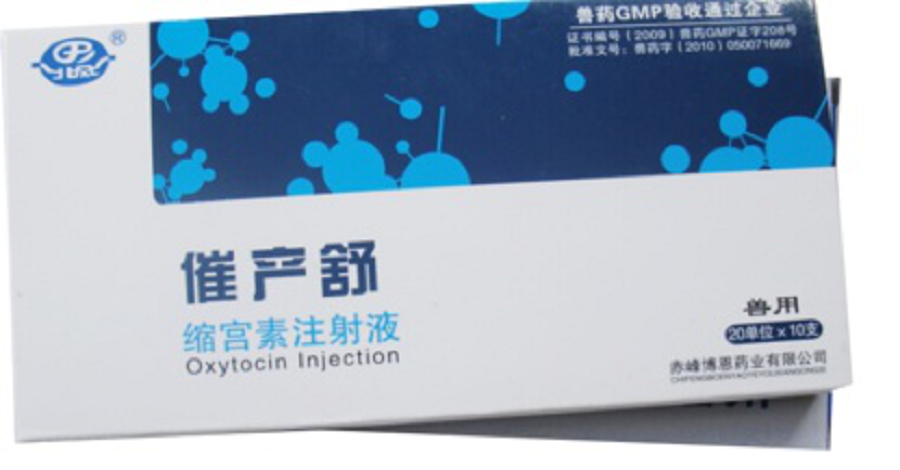Cage free feeding high-yielding fish culture technology
In recent years, Dongkan special aquaculture farms in Binhai County, Jiangsu Province have adopted net cages to avoid feeding fish and have achieved high yield and high efficiency. The cage-free bait fish has the advantages of investment, low risk, and stable benefits. At the same time, since feeds are not fed or drugs are not administered throughout the breeding cycle, stocking densities are scarce, diseases are low, and survival rates are high. Except when fish species are damaged when they enter the tank, they are rarely killed during the breeding period. More than 98%. The output value of each box is more than 2,000 yuan and the profit is more than 1,000 yuan. The input-output ratio is about 1:2, and the economic benefits are significant. And it produces pollution-free quality fish, which is favored by consumers. The market price is about 200% higher than other fish. As long as the conditions are available, this fish farming technique can be used. Special mention is made of this breeding technology for peer reference. First, the choice of water area choose 100 acres, fresh water, no pollution source, nutrient-rich rivers, reservoirs or ponds. Due to non-feeding, the natural bait in the selected water area should be rich, and the cages should be selected to be relatively rich in nutrients, so that the breeding effect can be good, and the yield and benefit can be high. The nutrition of water bodies is not sufficient, and there is no choice of waters in pollution sources such as pesticide plants and paper mills in the upstream. Second, the cage structure adopts a 5m, 5m, and 2.5m polyethylene knot net cage with a mesh of 3-4 cm and a hexahedral closed cage with a lid. The cage bracket is made of 4 pieces of bamboo with a length of 6 meters and a tail diameter of more than 5 centimeters. It is a 6 square meter 6 square float rack. 3. The cage is equipped with a polyethylene cable with a diameter of 4cm. The cable crosses the surface of the water and is straightened and tightened. Two ropes with a distance of 6.5 meters are used as a group, and the distance between the two groups is 15-20 meters. The cage is fixed between two cables, each with a spacing of 5 meters. The cage should be installed one week before the fish species are put into the box, so that the coarse nodule nets will become smooth, preventing the epidermis and scales from being rubbed and damaged when the fish species enter the box. Fourth, the cage arrangement of cages in the selection of leeward sunny waters. The cages should be staggered on the surface of the water with a crystal or plum pattern. The distribution density of cages should be 1:200 for cage area and local water area, depending on the water quality. 5. Fish species are stocked for raising flowers and white pheasants, with a small amount of batfish, and the ratio of flowers to white pods is 3:7. Floats are 50-100 g and stocking density is 60-70/m2. Fish species should be bathed with salt water prior to stocking. The salt concentration should be 40-50 g/L and the bathing time should be 5-10 minutes. The specific water temperature and species composition should be flexible. Bathing can be done in a canvas bucket or in a cabin that is filmed. VI. Daily Management 1. Remove rubbish. Due to the influence of wind, the floating materials such as rubbish in the warehouse often stick to the nets on the wall or accumulate on the lids of the tanks, affecting the exchange of water bodies in the tanks and the normal activities of the box fishes. Pick up and ship to the shore. 2. Adjust the mesh. Every time windy or heavy rain or reservoir water level rises and falls, it will cause distortion of the cage. Therefore, the tightness of the cable should be adjusted frequently and timely so that the cage can be fully deployed and the maximum aquaculture capacity can be maintained at all times. 3. cage cleaning. Excessive algae are attached to the mesh to block the mesh and affect the exchange of water in the tank. During the cultivation period, cleaning should be carried out regularly. When cleaning, the netting can be lifted off the water with a bamboo strip or hand-washed and cleaned once every 15-20 days.
The routine postpartum administration of oxytoxin or antibiotics is unnecessary. But if the animals got postpartum problems, we recommend these postpartum care medicines: Oxytocin Injection, Cloprostenol Sodium Injection, Estradiol Benzoate Injection. All the veterinary medicines are GMP certified and has wide market and good reputation in China. we are now engaging in open overseas market with our high quality and enonomic price veterinary medicines.
Postpartum Care Medicine,Professional Postpartum Care Medicine,Health Postpartum Care Medicine,Postpartum Care Nutrition Medicine Jiangxi Institute of Biological Products Inc. , https://www.jxinstitute.com